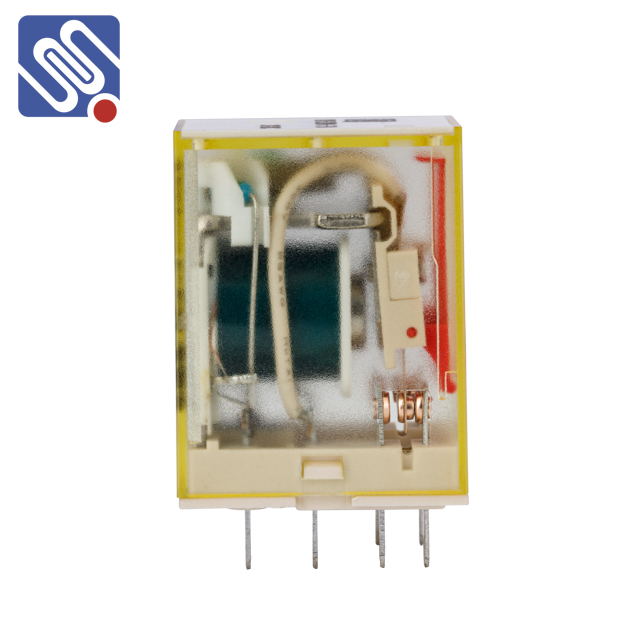relay performance metrics: evaluating the efficiency and reliability of communication networks
Release time:2025-09-23 15:32:25
In modern communication networks, relay nodes play a crucial role in extending coverage, enhancing signal strength, and improving overall network performance. These relay nodes, which forward data between source and destination points, are particularly significant in environments where direct communication between the transmitter and receiver is not feasible due to distance or obstructions. To ensure optimal performance, it is vital to assess the effectiveness of relay nodes using various performance metrics. This article explores the key relay performance metrics that are commonly employed in wireless communication systems.

1. Signal-to-Noise Ratio (SNR)
The Signal-to-Noise Ratio (SNR) is one of the most fundamental metrics in evaluating communication performance. It measures the ratio of signal strength to noise interference within a given channel. A higher SNR indicates better signal quality, leading to more reliable data transmission. In relay systems, the SNR at both the source-to-relay and relay-to-destination links is critical, as any degradation in signal quality at these stages directly affects the overall performance of the system.
Relay nodes aim to improve SNR by amplifying or regenerating signals, which helps maintain a high-quality link even in challenging environments with significant interference.

